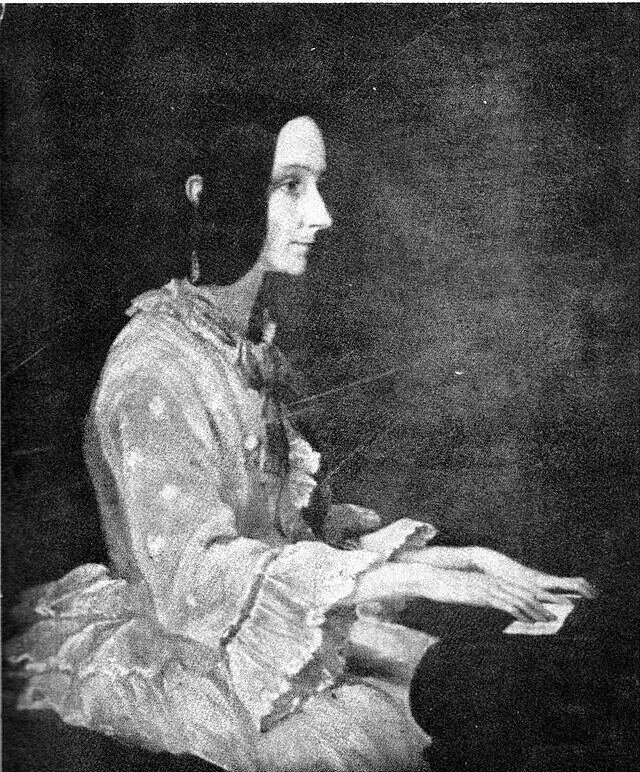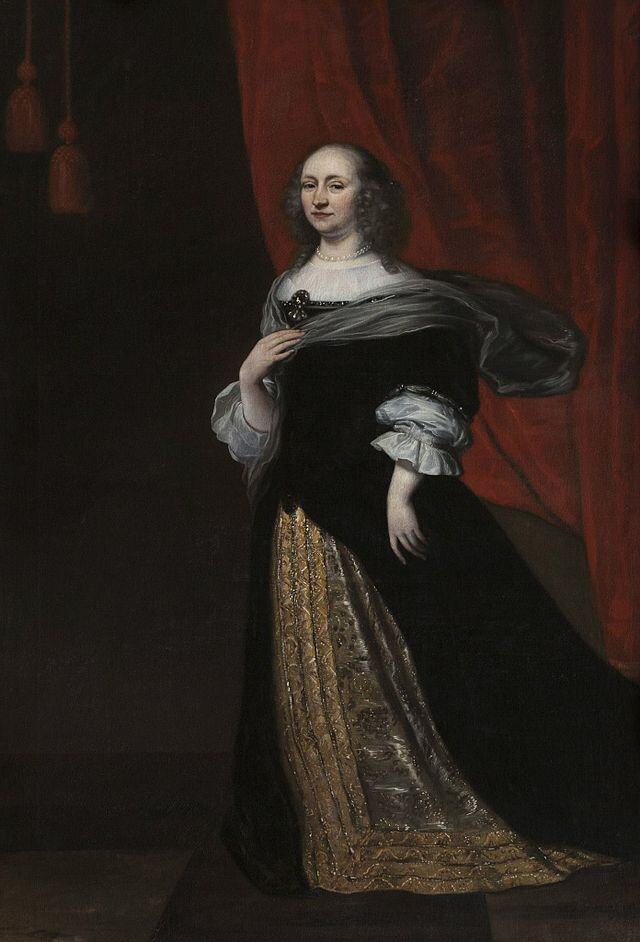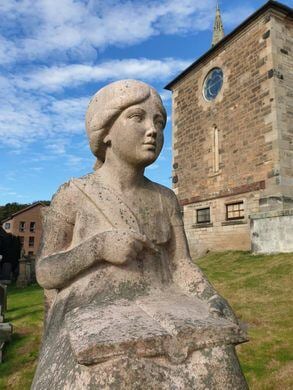.png?width=1280&height=720&name=Featured%20Image%20(9).png)
Women's History Month: Unlocking the lives of three inspiring women from history
Go to any history museum or read any history book and you’ll find that many of the stories and events revolve around men. For example, this study into history books used in the US found that in one 819-page textbook, there was less than a single page of text referencing women. According to the Smithsonian Magazine, out of the 737 historical figures included in educational standards for schools in the US, just 178 are women. And this bias in the educational system has an impact on students and the adults they grow up to be. A survey conducted by the National Women’s History Museum found that less than a quarter of respondents could remember the accomplishments of historical female figures.
Women’s History Month is an awareness event that aims to reverse this trend. The history project highlights the imbalance between men’s and women’s history and gives women the place in history that they rightly deserve. It began in the US as a week-long annual celebration of famous women in American history, but the event soon spread around the world to focus on international women too. In 1987, Women’s History Week became Women’s History Month, and ever since then, the month of March has been dedicated to the history of women and their contributions to the world we live in today.
Unlocking women’s history with Transkribus
As discussed in the introduction, many secondary historical sources, such as textbooks, have a gender bias towards men. One of the ways of combatting this is to focus on primary sources — for example, letters, diaries, or personal documents — written by women. These types of documents give us a wonderful view into the views and motivations of historical women, without the male bias of many history books. In the words of history professor June Purvis:
“Accounts written by women themselves enable their voices to be heard amongst that mass of sources that reflect the views of men.”

Transkribus has been used in multiple projects to digitise and transcribe the handwritten words of women. By creating digital versions of these primary sources, they can be easily shared online, allowing more people to read these once-inaccessible documents and learn about the remarkable women who wrote them.
In honour of Women’s History Month this March, we would like to showcase three women whose lives have been recently unlocked with the help of Transkribus: Ada Lovelace, Margaretha Turnor, and Marjory Fleming.
Ada Lovelace: English mathematician and computer pioneer

19th-century mathematician Ada Lovelace may have been a talented poet and musician, but it is her work in computing that makes her one of the most remarkable figures in the history of technology. As one of the inventors of the first computer, known as the “Analytical Engine”, Lovelace was the creator of several technological theories, many of which still form the basis of computing today. There is even an annual Ada Lovelace Day, which takes place each year in October and celebrates the achievements of women in science, technology, engineering, and mathematics.
However, while we know a lot about Lovelace’s professional life, we know surprisingly little about the woman herself. But UCLA researcher Jessica Cook is trying to change this. Cook is leading a Transkribus project to digitise the Lovelace archive, housed at the Bodleian Library in Oxford. By making Lovelace’s personal letters and notes more accessible, it will be easier for Cook and other researchers to get insights into the thoughts and feelings of this amazing mathematician.
You can find out more about the project in this blog post.
Margaretha Turnor: political commentator and lady of Amerongen Castle

Turnor may be less well-known than a leading figure like Lovelace, but she has a remarkable story in her own right. The 17th-century Dutch heiress was married to diplomat Godard Adriaan van Reede and managed the family estate of Amerongen Castle. Due to his job, van Reede spent months at a time away from home. During these periods, the couple wrote many letters to each other, discussing everything from the political challenges facing the Netherlands to updates about the reconstruction of Amerongen Castle. Turnor’s insights into the world of politics in the Dutch Republic are particularly fascinating, especially as there were few women commenting on the political realm during this time.
Over a thousand of Turnor’s letters are now housed at the Utrecht Archives, which used the documents to create a public AI model for Dutch handwriting of the late 17th century.
You can try the model out for yourself here.
Marjory Fleming: child poet and prolific diary writer

Also known as Marjorie Fleming (the name used on her Wikipedia page) as well as “Pet Marjorie” (the name given to her by her family), Fleming was a child writer and poet who lived in Scotland in the early 19th century. She is most famous for her precocious diary, which was created as part of school lessons with her cousin, Isabella Keith, and demonstrates the creativity and free thinking of the young girl. It garnered much respect from other more established writers in the country, including Robert Louis Stevenson.
Fleming unfortunately passed away when she was just eight years old. Her diary was given to the National Library of Scotland in 1930 and a hundred years later, was digitised and transcribed as part of a University of Edinburgh project. It was then uploaded to the read&search platform, making it accessible to everyone.
You can read the full diaries of Marjory Fleming here.
Try Transkribus for yourself
Transkribus is an AI-powered platform that transcribes handwritten text at the push of a button.
You can try the full version of Transkribus at app.transkribus.eu or try our demo version below.
By uploading an image, you accept our terms and conditions and our privacy policy


